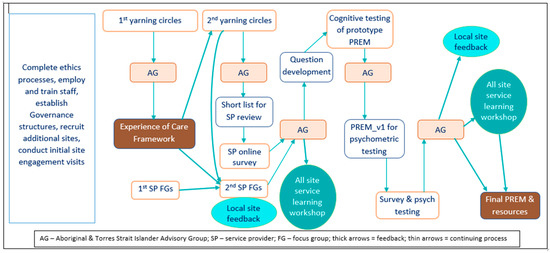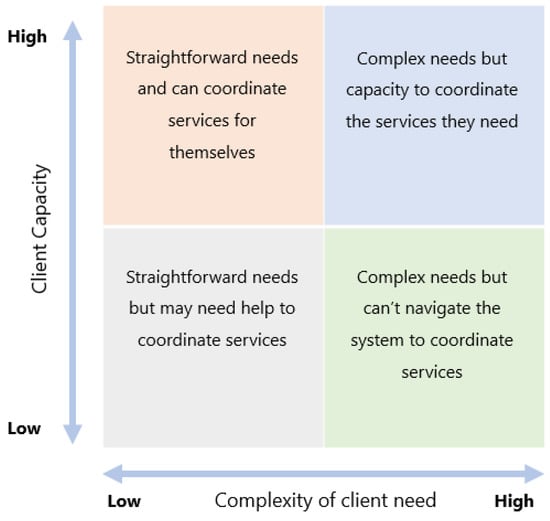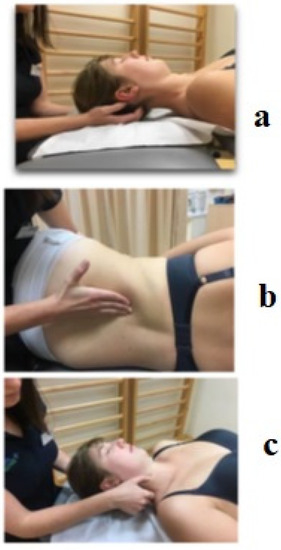Int. J. Environ. Res. Public Health 2023, 20(1), 449; https://doi.org/10.3390/ijerph20010449 - 27 Dec 2022
Cited by 22 | Viewed by 4221
Abstract
►
Show Figures
This study investigated the effects of a multi-access, metaverse-based early onset schizophrenia nursing simulation program based on Raskin and Rogers’ person-centered therapy. The program’s effectiveness was tested using a nonequivalent control group pre-test/post-test design. A quasi-experimental simulation study with both pre- and post-test
[...] Read more.
This study investigated the effects of a multi-access, metaverse-based early onset schizophrenia nursing simulation program based on Raskin and Rogers’ person-centered therapy. The program’s effectiveness was tested using a nonequivalent control group pre-test/post-test design. A quasi-experimental simulation study with both pre- and post-test designs was adopted. The experimental group (n = 29) used the simulation program, whereas the control group (n = 29) received only an online lecture on schizophrenia nursing. Changes in scores among experimental and control groups were compared using independent t-tests and analyses of covariance with PASW SPSS-WIN 27.0. Post-intervention, the knowledge regarding patients with early onset schizophrenia, critical thinking ability, and the ability to facilitate communication increased significantly in the experimental group compared with the control group. The nursing simulation program for children with early onset schizophrenia using a metaverse improved nursing students’ knowledge, critical thinking ability, and ability to facilitate communication. This training method should be adapted without spatiotemporal constraints by partially supplementing clinical and simulation-based practice. In clinical nursing training, metaverse technical limitations should be identified, and training topics should be selected. Employing EduTech in a metaverse environment can provide clinical education to nurses in psychiatric wards and improve therapeutic communication with their psychiatric patients.
Full article












